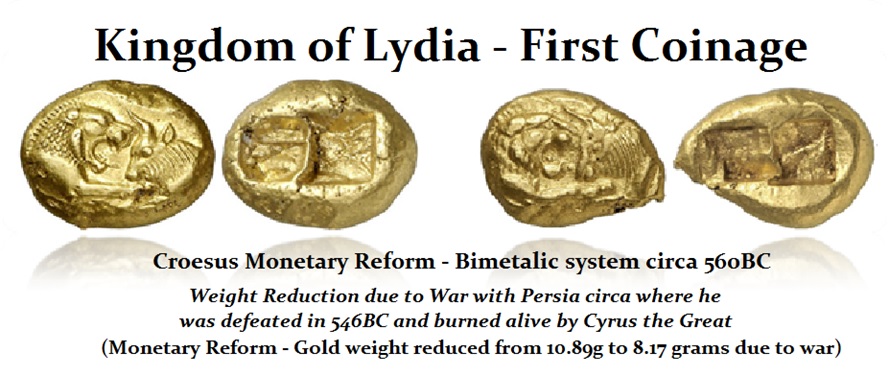There is compelling evidence that economic inequality is both a result of, and contributor to, economic crises. A contribution to the openGlobalRights debate on economic inequality.
With global inequality at extremely high levels and still rising, there is an emerging consensus that the international community needs to tackle this growing problem. In September 2015, the Member States of the United Nations endorsed 17 sustainable development goals, including a particular goal to reduce inequality within and among nations. And yet, there is one particular facet of inequality that has been frequently neglected: the links between economic inequality, financial crises and human rights.
In the report I presented to the UN Human Rights Council in March 2016, I argue that economic inequality can trigger financial crises, which in turn can entrench inequalities further. I explore in my report three broad questions: 1) Does inequality lead to more financial instability? 2) Does financial instability lead to higher levels of inequality? 3) What are the impacts of increased inequality on respect for human rights?
Inequality is both a direct and indirect cause of sovereign debt increase and financial crises. As increased levels of inequality mean that the income tax base of the state concerned is rather small—at least if income taxation is not progressive—inequality can exert a considerable direct influence on the structure and the level of government revenues and spending.
Empirical evidence clearly suggests that inequality, income tax base and sovereign debt are all connected.This is far more than mere conjecture; the empirical evidence clearly suggests that inequality, income tax base and sovereign debt are all connected. For example, researchers have found a negative correlation between income inequality and the tax base and a positive correlation with sovereign debt. Increased inequality also contributes to the degeneration of sovereign debt into sovereign debt crises.
…click on the above link to read the rest of the article…












